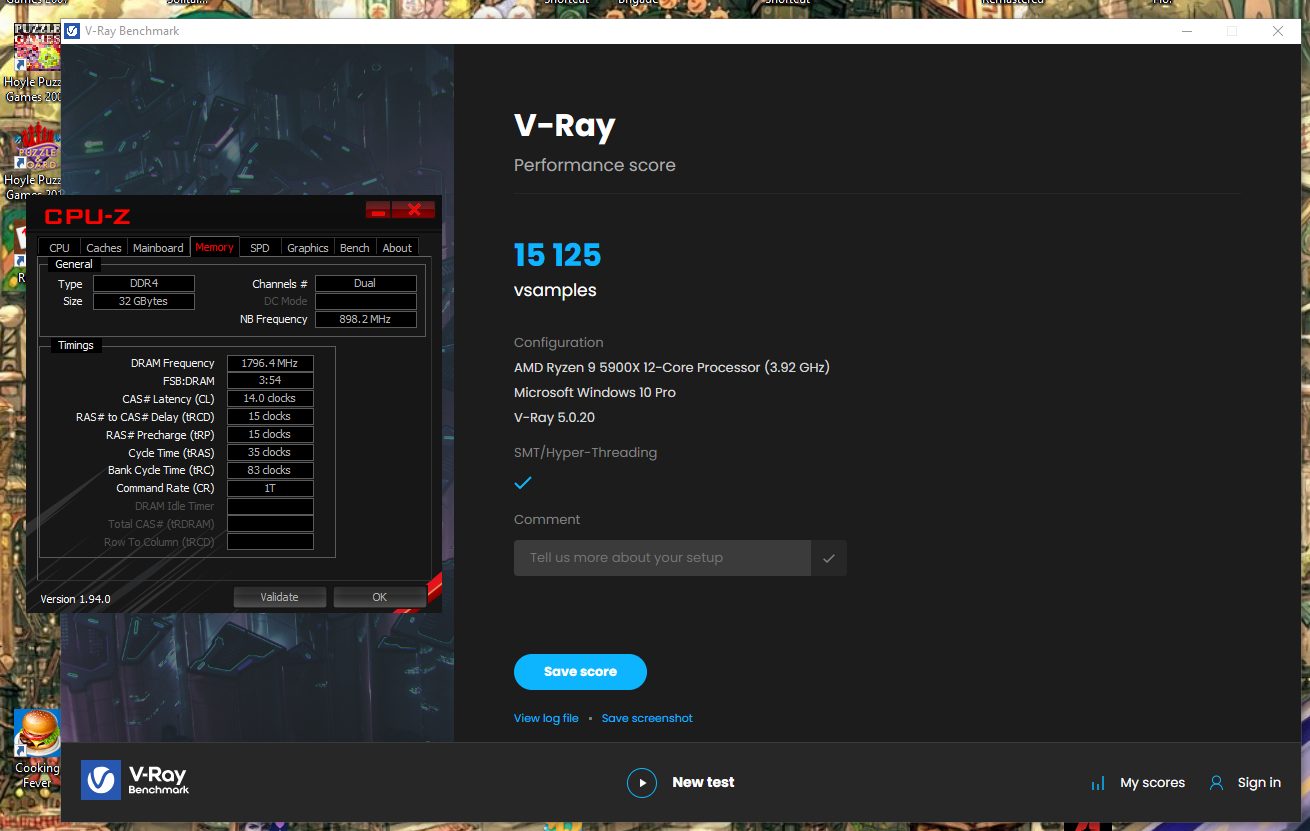staknhalo
Supreme [H]ardness
- Joined
- Jun 11, 2007
- Messages
- 6,924
i would have liked to gone threadripper for encoding but not for the price
Follow along with the video below to see how to install our site as a web app on your home screen.
Note: This feature may not be available in some browsers.
I would be interested if they split the smaller cores off into their own package and made them optional. Have like a secondary smaller socket for a slave CPU. Motherboards these days sure have plenty of space for that, for the past few years, motherboard manufacturers have been trying to hide the fact that there really isn't much on them anymore with big plastic shrouds, LEDs and logo plates. With how many things are integrated on the CPU these days, motherboards are more like a backplane than a traditional motherboard of the past crammed full of devices.I would be interested in one with just the real cores and none of the potato cores.

I would be interested if they split the smaller cores off into their own package and made them optional. Have like a secondary smaller socket for a slave CPU. Motherboards these days sure have plenty of space for that, for the past few years, motherboard manufacturers have been trying to hide the fact that there really isn't much on them anymore with big plastic shrouds, LEDs and logo plates. With how many things are integrated on the CPU these days, motherboards are more like a backplane than a traditional motherboard of the past crammed full of devices.
Back in the early 90s and prior, AMP was commonplace. You had a strong main CPU doing the heavy lifting and one or more slave CPUs doing more mundane tasks to free up the main CPU to get heavy lifting done faster. Arcade boards and game consoles were perfect examples, where something like a 68000 was paired with a Z80. The 68000 would run the main game logic and the Z80 would run the sound chips. There were even some x86 servers that had both 486 and 386 CPUs running at the same time, the 486 would do the heavy lifting and the 386 would run the more mundane tasks like bus arbitration, I/O, Networking, etc.
It would still be beneficial today to have a modestly powerful, but power efficient slave CPU to do things like network I/O. Even with the fast CPUs today, network I/O eats up a decent chunk of processor time, unless you have a fancy multi hundred/thousand dollar network card that can offload the processing to a dedicated DSP. Many of the NICs on motherboards today are just dumb software PHYs that do almost everything in the driver running on the systems CPU. The higher the throughput, the more CPU time it eats up.